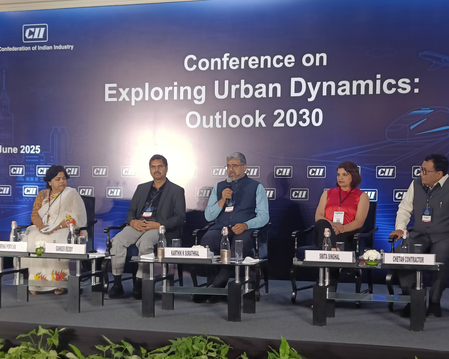FATF said action is needed to tackle human trafficking cases.
The Financial Action Task Force (FATF) has said that the ease with which the trade in precious metals and stones can be used to transfer large amounts of money without leaving any trace of ownership suggests that the sector in India could be used as a tool for money laundering and terrorist financing. In its mutual evaluation report for India released on Thursday, the Paris-headquartered global body said that given the size of the sector in the country, the money laundering risks associated with the smuggling and dealing in precious metals and stones should be further developed, PTI reported.
Deficiencies in understanding of risk
According to the news, the report said that there are about 1,75,000 DPMS (dealers of precious metals and stones) in the country, but its apex body – Gem and Jewellery Export Promotion Council (GJEPC) has only 9,500 members. A certificate of being a GJEPC member along with tax registration is required for import or export of gems in India. FATF has said in its 368-page report that at present, there are deficiencies in understanding the risk, especially the risk related to smuggling of precious metals and stones and money laundering threats arising from trade and human trafficking.
FATF recommended this
The ease with which PMS (precious metals and stones) can be used to transfer large amounts of money without leaving a trace of ownership is worrying, the report said. FATF recommended that India should incorporate “in-depth” qualitative and quantitative data and typologies from domestic and international sources on money laundering risks associated with precious metals and stones smuggled and in circulation in India when conducting future risk assessments on DPMS and gold and diamond smuggling and related money laundering risks.
monitoring should continue
FATF said similar action is needed to address human trafficking cases. FATF recommended that given India’s position as a leading consumer of gold and gemstones and a producer of processed diamonds, Indian authorities should continue to monitor fraud and smuggling avoidance techniques and related ML, and also consider collecting further data and typologies so that investigating authorities can continue to devote resources to addressing ML threats in a targeted manner. India is currently the world’s second-largest consumer of gold, the largest importer and the largest exporter of gold jewellery. It also has one of the largest industries in diamond and gemstone polishing and jewellery manufacturing, accounting for around 7 per cent of GDP.
Latest Business News






